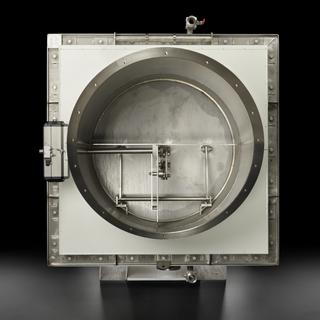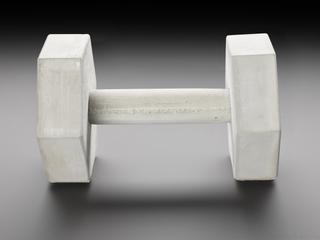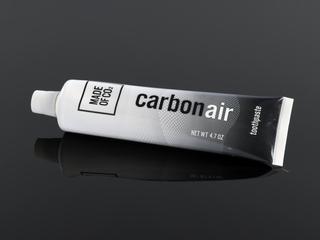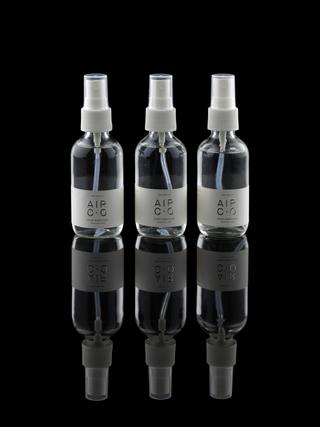
Pen and case made with captured carbon
- Made:
- c. 2020








Pen with case, made with carbon-infused fly ash, manufactured by Carbon Upcycling Technologies, Calgary, Canada, c. 2020. One of a suite of objects that were entered into the XPRIZE Foundation’s ‘Carbon XPRIZE’.
This item is one of a suite of objects that were entered into the XPRIZE Foundation’s ‘Carbon XPRIZE’ - an incentive prize competition for novel solutions involving the use of captured carbon. The goal of the prize was to convert the largest amount of carbon dioxide into products with the highest commercial value, with the winning team to be awarded $20 million dollars. The thirteen objects were presented by ten separate teams who worked with with four major collaborating manufacturers – Air Company Holdings, Impossible Labs, Newlight Technologies and Carbon-Upcycling.
As the race to reduce global carbon emissions becomes ever more urgent, the ability to store carbon within everyday products remains an important avenue of research, despite the varied efficiency and effectiveness of this process in contributing to a sustainable carbon economy. The carbon used in these products is captured in numerous ways, including direct air capture machines, CO2 trapped as an industrial by-product, or even by natural organisms that produce biomaterial using carbon dioxide. As these technologies continue to evolve and adapt, these products help to introduce the idea of ‘upcycling’ carbon, which will become a key concept within any future carbon-neutral economy.
Details
- Category:
- Environmental Science & Technology
- Object Number:
- 2023-861
- Materials:
- carbon and metal (unknown)
- Measurements:
-
pen: 132 mm 12 mm,
- type:
- pen - drawing and writing and case - container
- credit:
- XPRIZE Foundation




